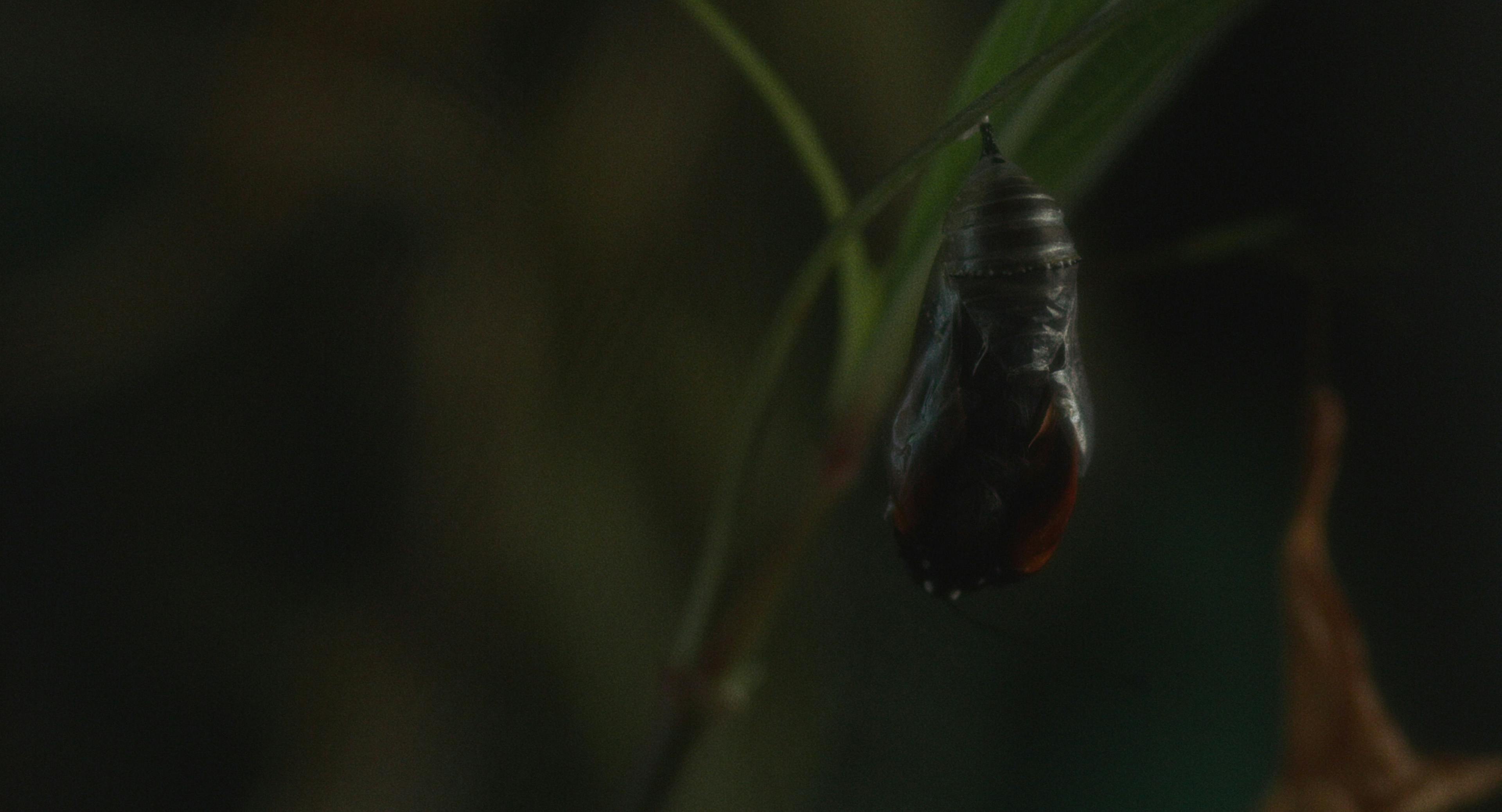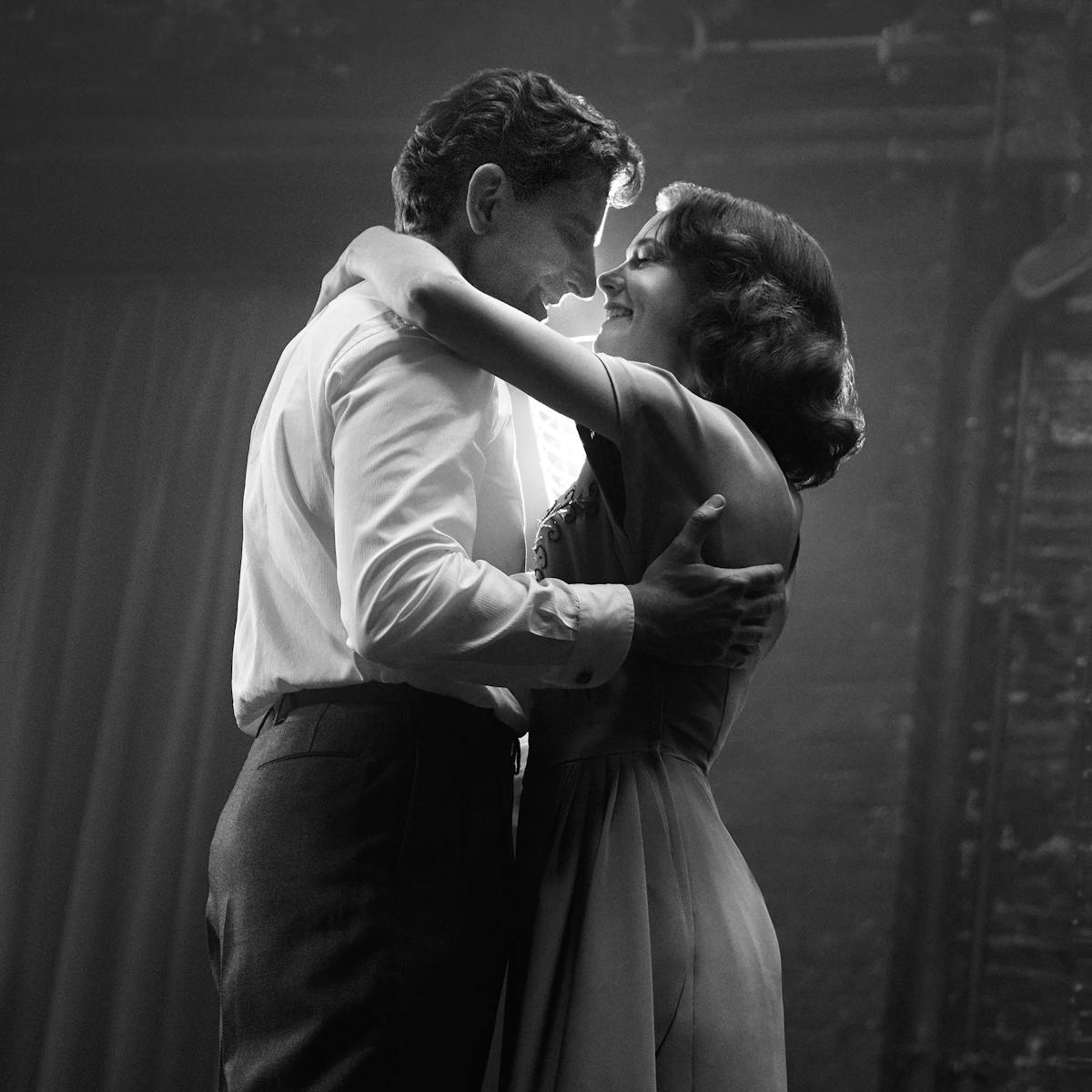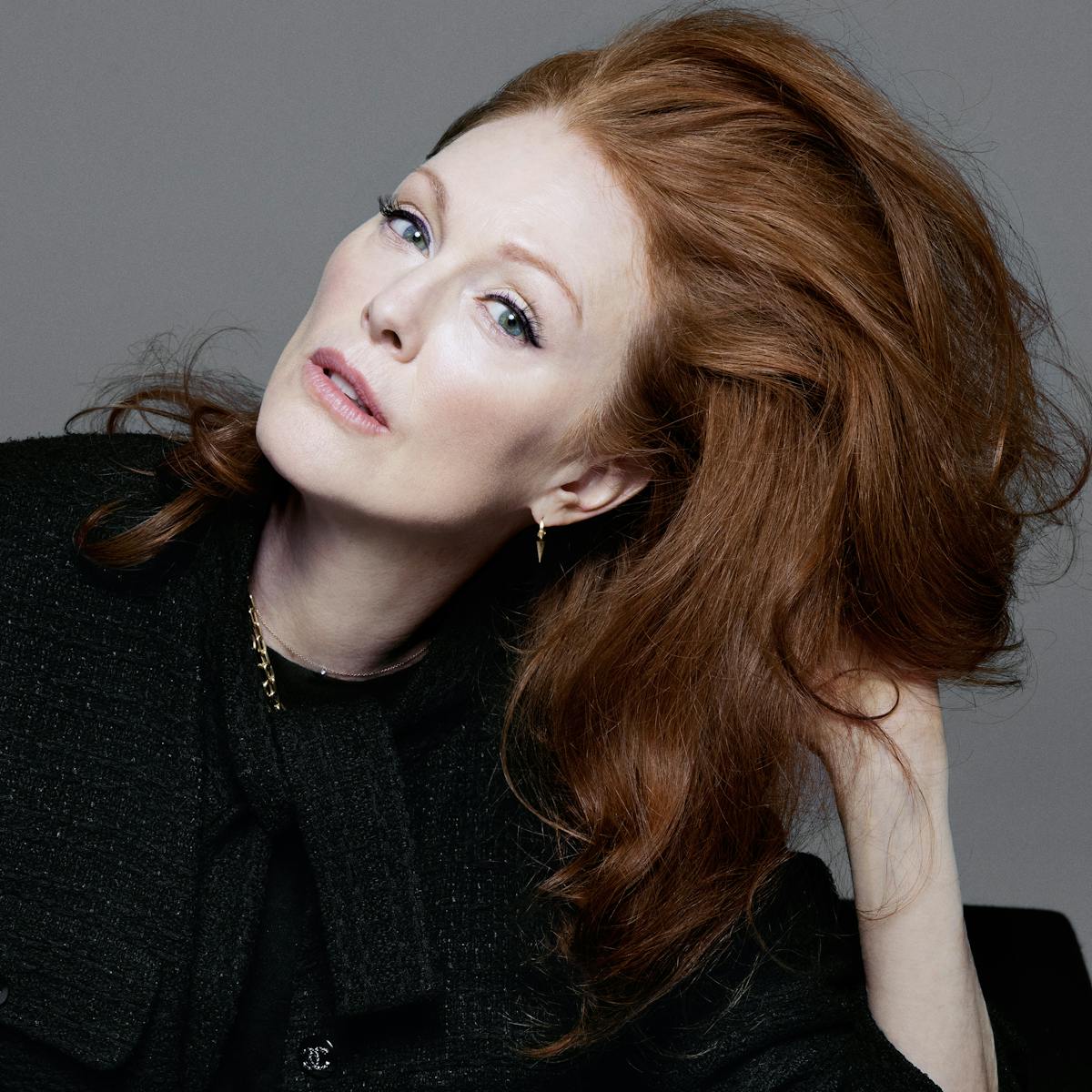Cinematographer Christopher Blauvelt and editor Affonso Gonçalves balance subtlety and melodrama in the latest film from Todd Haynes.
Editing
Affonso Gonçalves
From the opening moments of filmmaker Todd Haynes’s May December, an aura of crackling intensity emanates from the screen. Anchored by Samy Burch’s darkly humorous screenplay and a trio of singular performances from Natalie Portman, Julianne Moore, and Charles Melton, the film depicts an actor, in preparation for an upcoming role, enter the life of a once-scandalous Southern couple and upend its carefully cultivated appearance of domestic bliss.
Working closely with Haynes, editor Affonso Gonçalves took every opportunity to ratchet up the story’s ever-palpable tension. “You make sure you tool it and you change it and you play with it to push the melodrama, to push the humor,” says Gonçalves. “It’s something we discover in the cutting room. We talked about how to maneuver that.”
May December arrives as the most recent collaboration between Gonçalves and Haynes, who have worked together for more than a decade on such projects as the award-winning television miniseries Mildred Pierce, the 1950s-set romance Carol, the ripped-from-the-headlines legal thriller Dark Waters, and the expansive music documentary The Velvet Underground. “It’s a very easy relationship,” Gonçalves says of his artistic partnership with Haynes. “Of course, I thank my lucky stars and I knock on wood every time, like, ‘I hope we’ll do the next one.’”
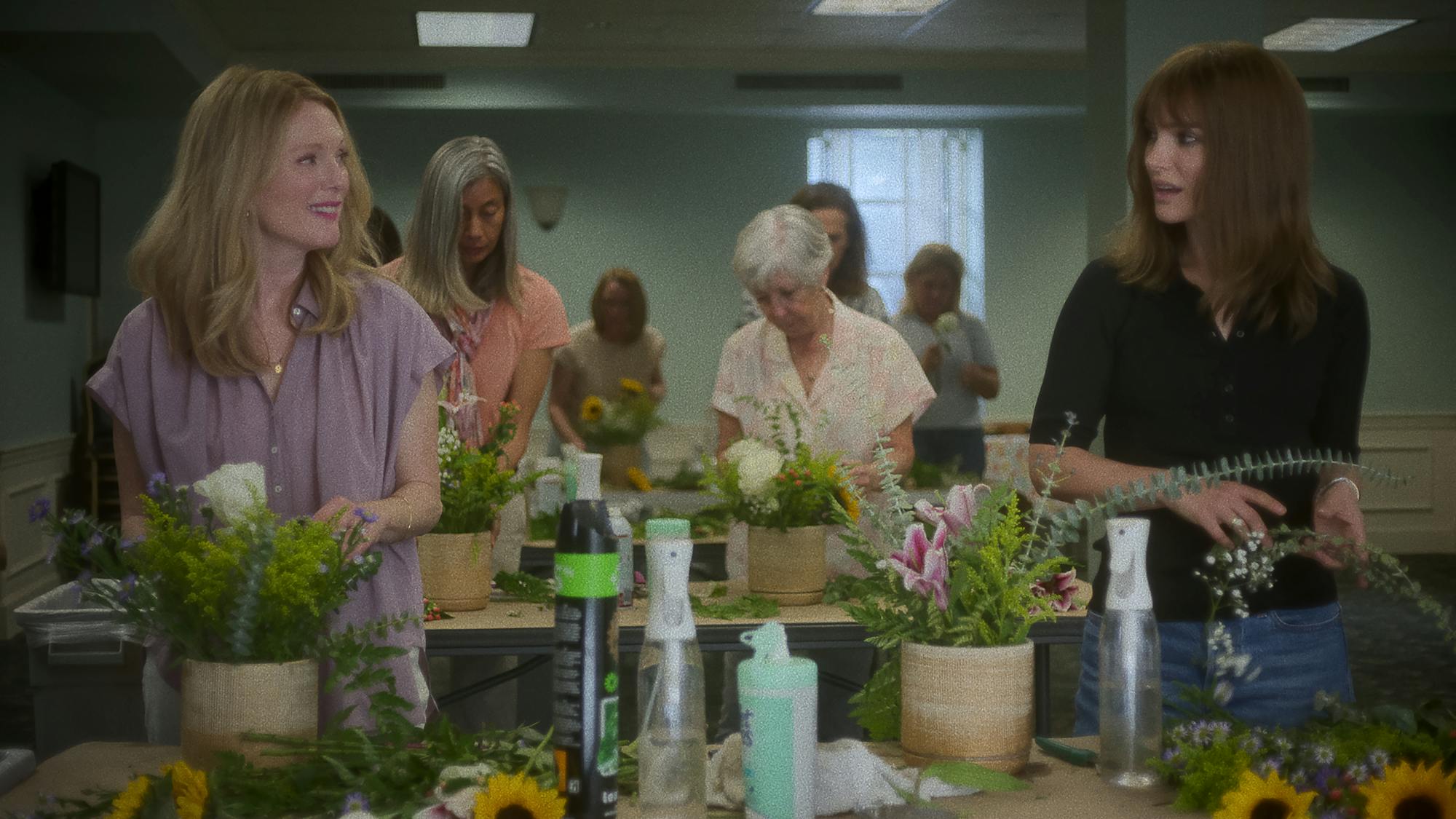
Julianne Moore and Natalie Portman
The driving force of their latest outing is the spiky relationship that develops between actor Elizabeth (Portman) and the woman whose life she’s set to bring to the screen, Gracie (Moore), as the pair warily circle one another during Elizabeth’s stay. Finding the right pacing for their scenes together was paramount for Gonçalves, and it required extensive tinkering. “If you build tension in a really short time, it just doesn’t sustain in the long run. We tighten the screw as it goes,” he explains. “You just have to know when to come in and when to get out. You really get careful [looking at] how they breathe, how they look. Is this pause too long? Is this too short?”
Working with the complex subject-surveyor relationship at the core of May December meant creating cuts that could subvert preconceived expectations about the characters and their motives. “Before we go into the scene [we] say, ‘Okay, whose scene is this?’” says the editor. “We do one that favors Natalie more than Julianne and then the other way around. I think throughout the film you play [with] that and you play with the audience’s feelings about them. You’re thinking one thing, and you’re laughing, or you start thinking, That’s messed up.
I don’t know if I should be laughing here. We hope to really generate questioning in the audience.”
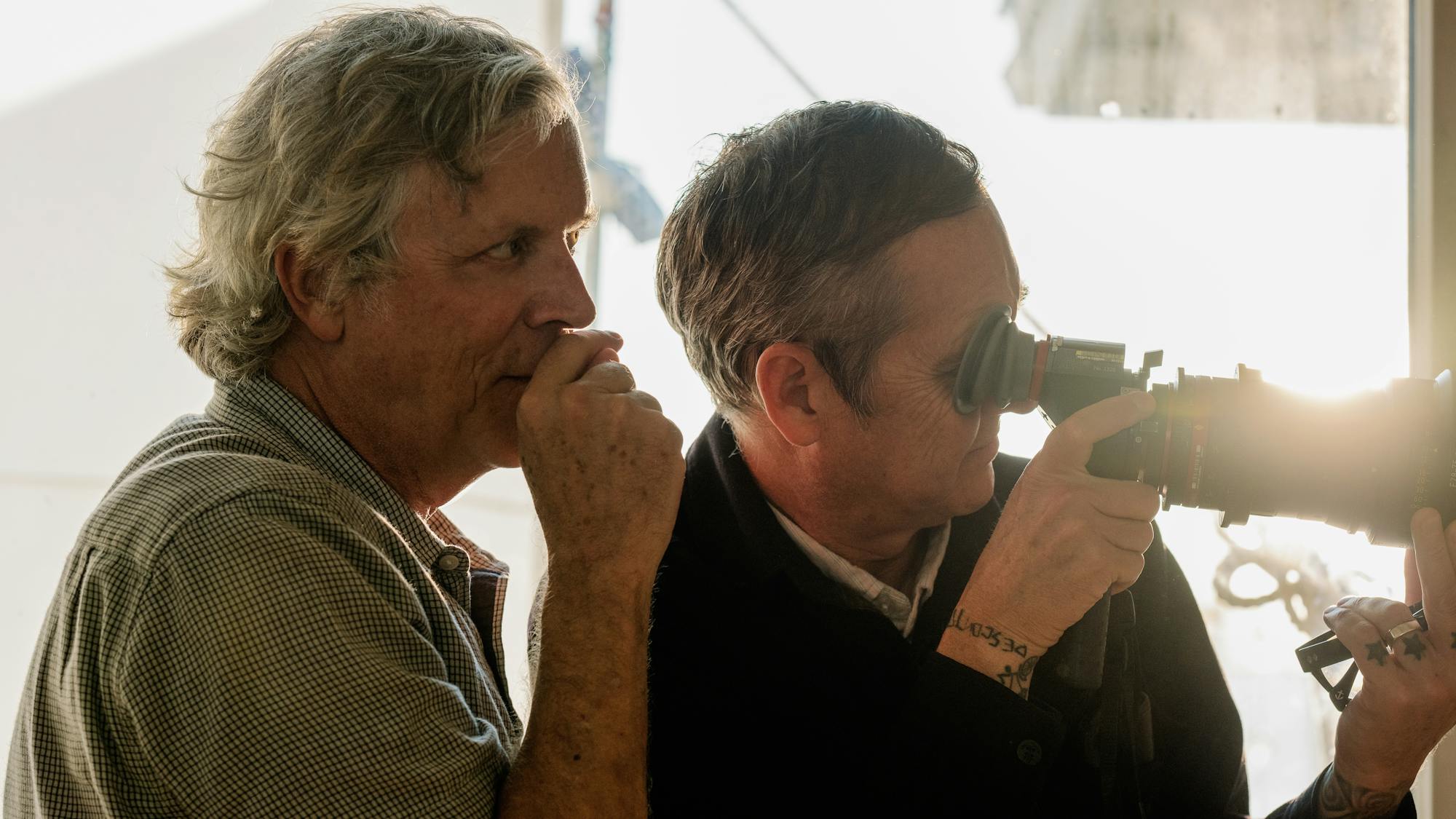
Todd Haynes and Christopher Blauvelt
Photograph by François Duhamel
Cinematography
Christopher Blauvelt
May December marks cinematographer Christopher Blauvelt’s first film with Todd Haynes, but Blauvelt (The Bling Ring, Emma, First Cow) had long been an admirer of the subversive auteur’s oeuvre: “He’s one of the greatest, and it was an honor to get that call from him.” To prepare for the lightning-fast shoot, the cinematographer studied a book of reference images Haynes created that was intended to serve as a North Star for various elements of the production, though Blauvelt notes, “Many different mediums influence the aesthetic of a film. By the time I get the script, I get music, I get films to watch, I get art, I get photography [and] paintings.”
Blauvelt’s approach to shooting the melodrama was also informed by the film’s Savannah, Georgia location. Set in the coastal city and the nearby barrier island of Tybee, the film lent itself to photography that was soft and textured, reflecting the languid humidity of the landscape. Yet Blauvelt also opted for structured compositions to frame the stars’ unforgettable performances. “We were embracing what was there and trying to adapt to that and let the environments inform our look,” he explains. “There were times where we would use foreground and negative space in our compositions to sort of lean into tension.”
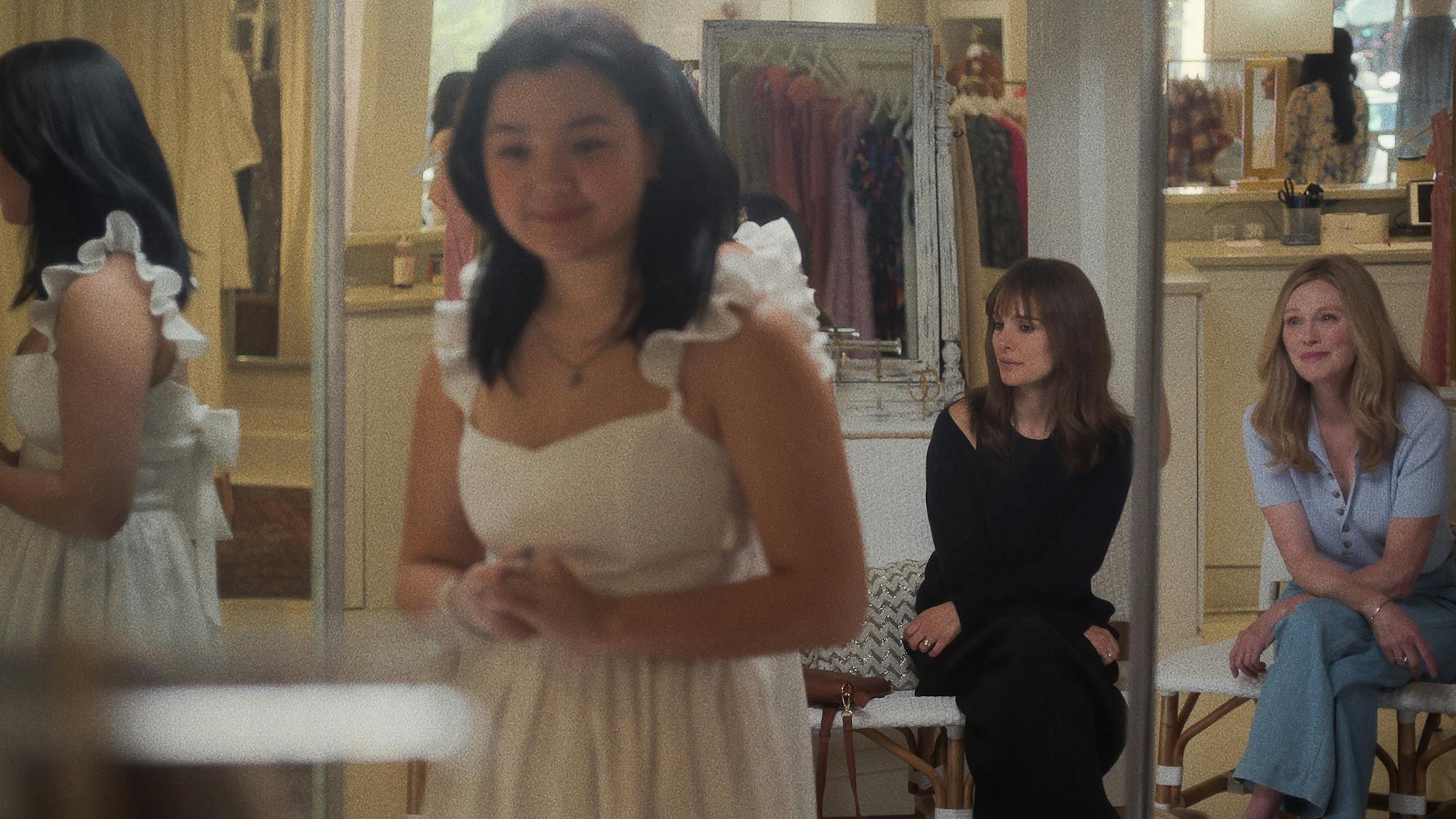
Mary Atherton-Yoo (Elizabeth Yu), Elizabeth Barry (Natalie Portman), and Gracie Atherton-Yoo (Julianne Moore)
It’s a tension that holds firm throughout May December, as Elizabeth and Gracie continuously orbit one another. “There are subtle [and] also very overt ways that you’re seeing Elizabeth become Gracie,” says the cinematographer. When it came to the film’s recurring mirror motif, playing with reflections provided its own exciting creative challenges for the cinematographer. Blauvelt says, “We had to find a way to hide the camera because we were looking directly at ourselves. How do we pull this off in a tactile sense, not seeing the camera?”
For a particularly charged scene between Elizabeth, Gracie, and Mary (Elizabeth Yu) at a clothing store, Blauvelt and his team used an articulating three-panel mirror with the performers’ backs to the camera. Painstakingly choreographed, the sequence spoke to the filmmaker’s priorities. Says Blauvelt, “The important thing is [that] we hold space for our actors to tell the story.”
